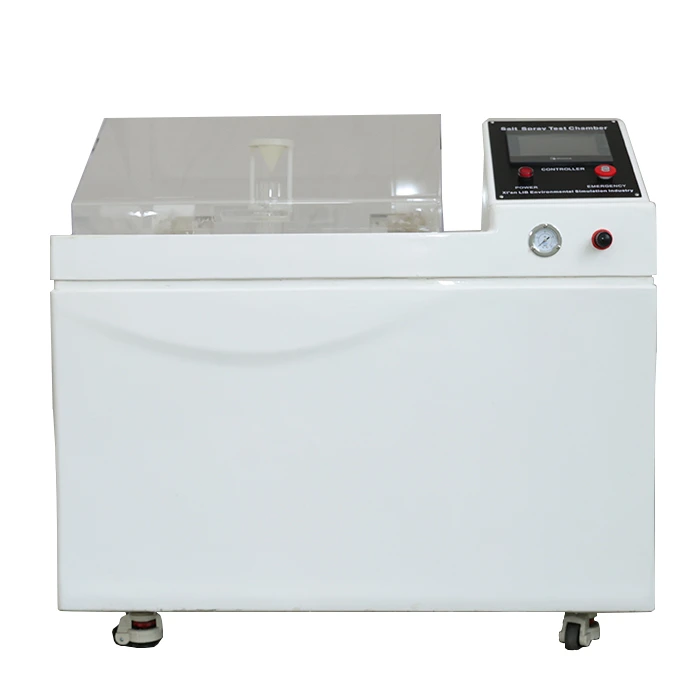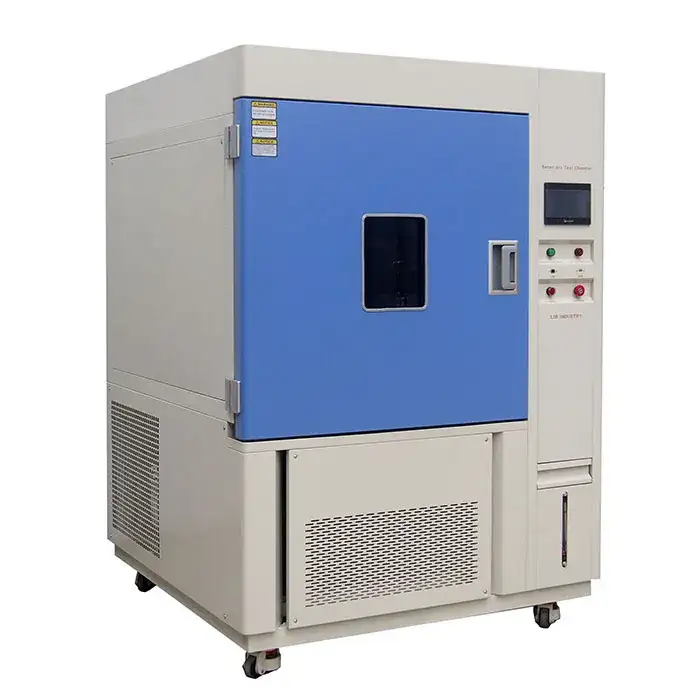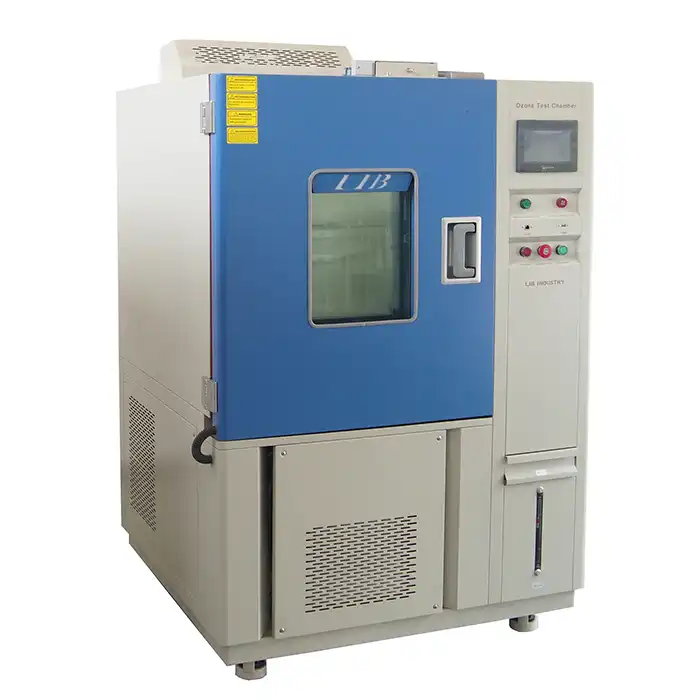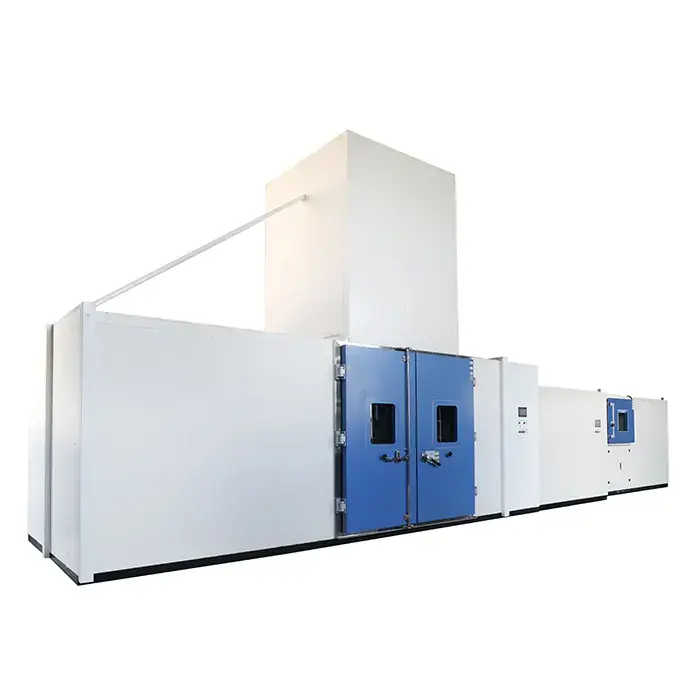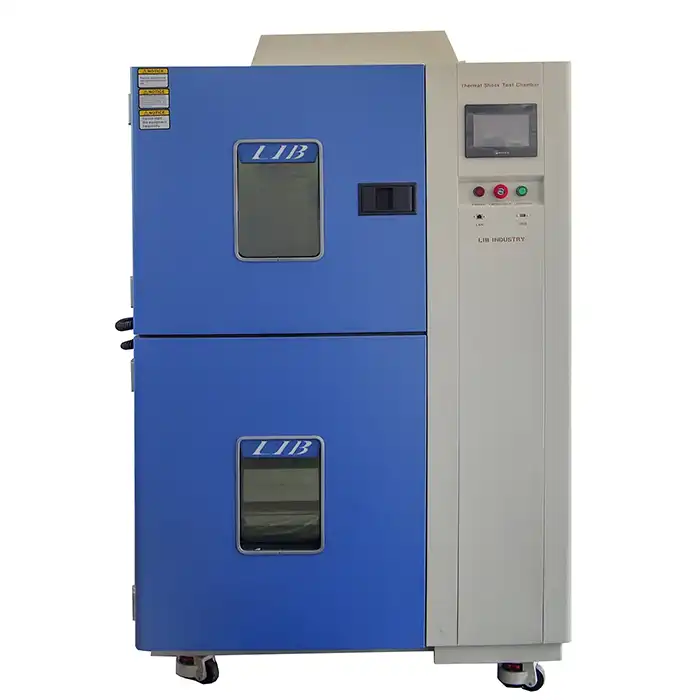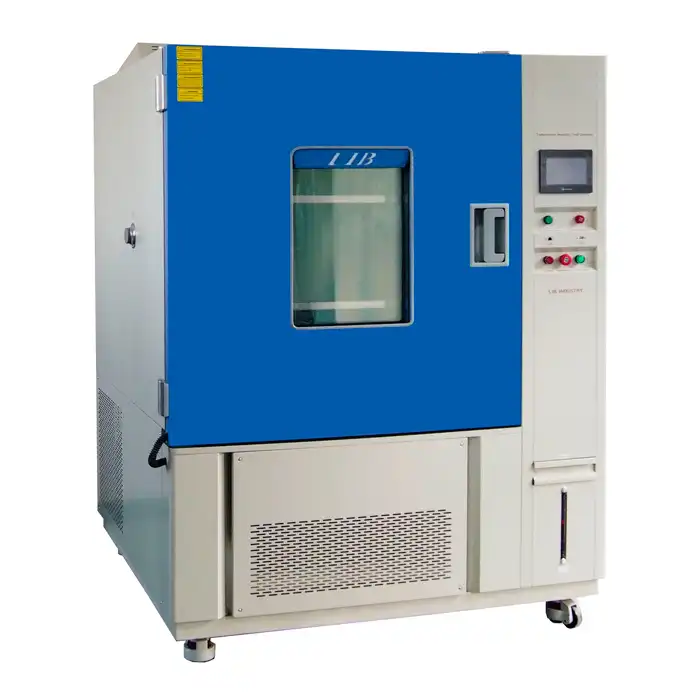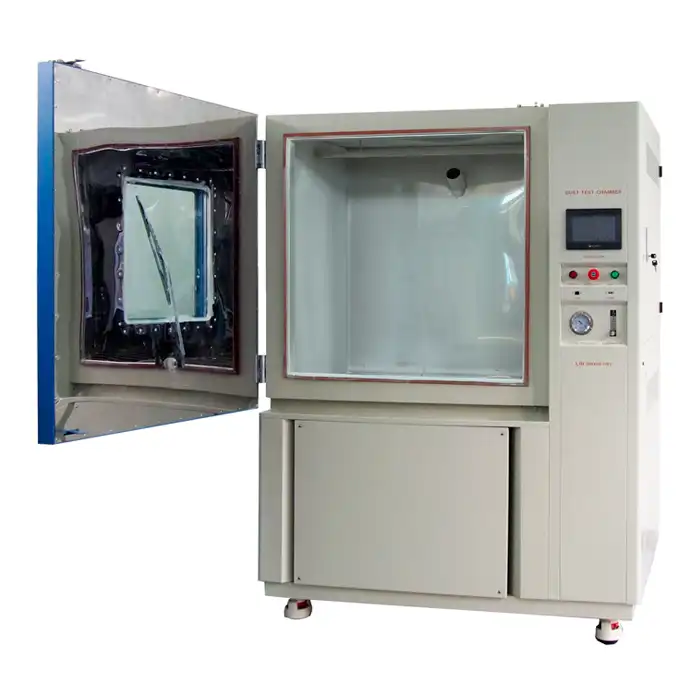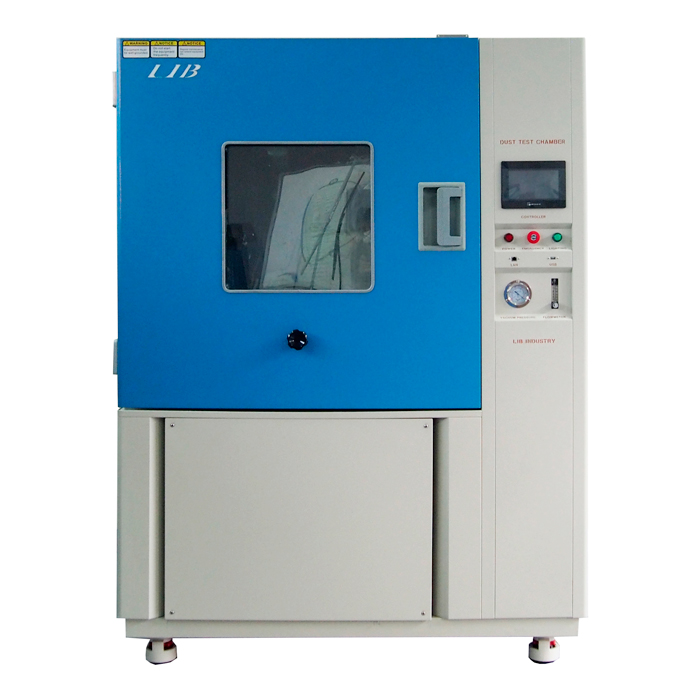What is the use of dust chamber?
Introduction
A dust chamber is a critical tool used in the testing of products and materials to ensure they can withstand dust and particulate matter found in various environments. This type of environmental testing is essential for determining the durability, functionality, and longevity of items exposed to dusty conditions. Industries such as automotive, electronics, and aerospace heavily rely on dust chambers to simulate real-world conditions and assess the performance of their products.
How Does a Dust Chamber Work?
A dust chamber operates by generating a controlled environment where dust particles can be uniformly dispersed. The chamber typically uses a blower system to circulate the dust, ensuring it reaches all surfaces of the test specimen. The concentration, size, and type of dust can be adjusted according to specific test requirements. Additionally, parameters such as temperature and humidity are regulated to replicate real-world conditions more accurately.
Types of Dust Used in Testing
Different industries utilize various types of dust to simulate specific environmental conditions:
Arizona Dust: Composed mainly of fine, abrasive particles, it is often used in automotive and aerospace testing.
ISO Fine Dust: A standardized dust used for consistent testing across different products, ensuring reliable and comparable results.
Silica Dust: Used in electronics and other delicate components testing to assess the impact of fine particulate matter on performance.
Testing Parameters
Key parameters controlled in dust chambers include:
Dust Concentration: Varies based on the level of dust exposure expected in the product's operational environment.
Airflow Velocity: Ensures dust particles are suspended and dispersed uniformly within the chamber.
Temperature and Humidity: Simulate varying environmental conditions to evaluate product performance under different scenarios.
Why is Dust Testing Important for Product Reliability?
Dust testing is vital for ensuring that products perform reliably in dusty environments. It helps manufacturers identify potential points of failure and improve product designs to enhance durability and longevity.
Enhancing Product Design
By exposing products to dust testing, manufacturers can identify weaknesses and areas for improvement. This allows for the development of more robust designs that can withstand harsh conditions without compromising performance.
Quality Assurance
Dust testing is a crucial aspect of quality assurance. It ensures that products meet high standards before they reach the market, reducing the risk of failures and recalls. This testing verifies that items will maintain their functionality and reliability throughout their intended lifespan.
Regulatory Compliance
Many industries have strict regulations regarding product performance in dusty environments. Dust testing ensures compliance with these standards, facilitating market access and reducing legal and financial risks.
What Types of Products Require Dust Testing?
Various products across different industries require dust testing to ensure they can withstand exposure to particulate matter. These include electronic devices, automotive components, military equipment, and more.
Electronic Devices
Electronics are particularly vulnerable to dust, which can infiltrate internal components and cause malfunctions. Dust testing ensures that devices such as smartphones, laptops, and industrial control systems can operate reliably even in dusty conditions.
Automotive Components
Automotive parts, including engines, air filters, and electronic control units, must withstand dust to ensure vehicle reliability and safety. Dust testing helps identify potential failures and improve the design and durability of these components.
Military and Aerospace Equipment
Military and aerospace equipment often operate in extreme environments where dust exposure is a significant concern. Dust testing ensures that these critical components can function properly, maintaining operational readiness and safety.
How Do Different Dust Chambers Compare?
Various dust chambers offer different features and capabilities, each suited to specific testing needs. Here are some common types:
Blowing Sand and Dust Chambers
These chambers simulate desert environments by using high-velocity air to blow sand and dust onto the test specimen. They are ideal for testing products that will be exposed to harsh, sandy conditions.
Settling Dust Chambers
Settling dust chambers create a less aggressive environment by allowing dust to settle naturally onto the test specimen. This type of chamber is useful for testing products that will be exposed to dust in more controlled or indoor environments.
Combined Environment Chambers
These chambers combine dust testing with other environmental factors such as temperature and humidity. They provide a comprehensive assessment of product performance under varying conditions, offering more realistic testing scenarios.
What Are the Future Trends in Dust Testing?
The field of dust testing is continually evolving with advancements in technology and materials science. Future trends include:
Advanced Simulation Techniques
New simulation techniques are being developed to better mimic the complex interactions between dust particles and product surfaces. These advancements aim to provide even more accurate predictions of product performance in real-world conditions.
Sustainable Testing Practices
As environmental concerns grow, there is a push towards more sustainable testing practices. This includes the development of eco-friendly materials for test chambers and the use of renewable energy sources for powering these devices.
Integration with Digital Technologies
Digital technologies, such as real-time monitoring and data analytics, are being integrated into dust testing. These tools enhance the accuracy and efficiency of testing, providing more detailed insights into product behavior under dust exposure.
Conclusion
Dust chambers play a crucial role in assessing the durability and reliability of products exposed to particulate matter. By simulating real-world conditions, these chambers provide valuable data that helps manufacturers design more robust and reliable products. As technology advances, dust testing will continue to evolve, offering even more precise and sustainable solutions for product testing.
For more information, feel free to contact us at ellen@lib-industry.com.
References
Element. "Sand and Dust Testing Services." Available at element.com.
Intertek. "Dust Testing." Available at intertek.com.
Q-Lab. "Q-SUN Xenon Test Chambers." Available at q-lab.com.
ISO. "Standard for Dust and Sand Testing." Available at iso.org.
MIL-STD-810G. "Environmental Engineering Considerations and Laboratory Tests."
ASTM International. "Standard Test Method for Blowing Dust Testing."
Applied Technical Services. "Dust Testing Services." Available at atslab.com.
SAE International. "Standard for Dust Testing of Automotive Components."
NTS. "Dust and Sand Testing Services." Available at nts.com.
US EPA. "Particulate Matter (PM) Basics." Available at epa.gov.



